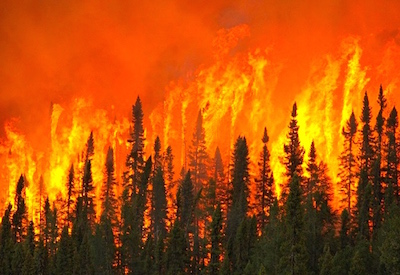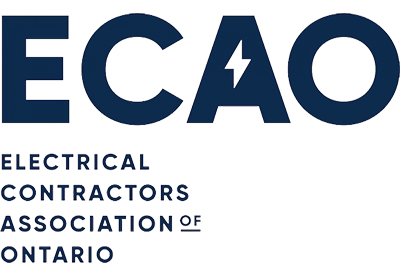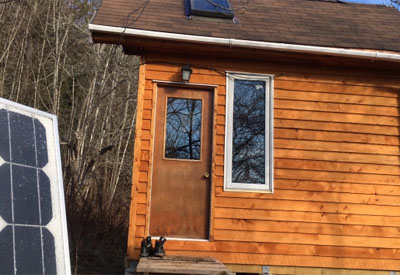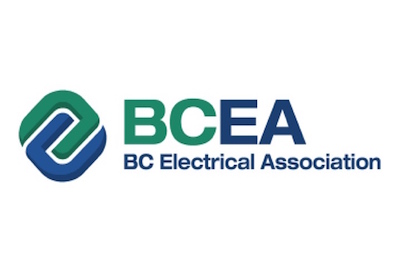Ontario Forest Fires Regulation Now Applies to Power Generation, Utilities

June 2, 2016
Given the recent forest fires in Fort McMurray, Alberta, and in northwestern Ontario, Ontario’s Ministry of Natural Resources and Forestry is drawing attention to a recent update of Ontario Regulation 207/96 Outdoor Fires.
The regulation now applies to more industries, such as electrical power generation, utilities, mining, and railways.
Industrial operations in forest areas constitute a significant risk of wildland fire. The risk includes fire and smoke that threaten the safety of the industrial operation, their staff, surrounding communities, wildlife, infrastructure such as power lines and travel corridors, and commercial forest licenses.
The regulation identifies the responsibilities of industrial operators in preventing and mitigating the effects of wildland fire in Ontario forests. Affected industries, especially those working in remote northern Ontario locations, will need to evaluate their operations and activities for fire risk, in addition to having fire prevention plans, training, and equipment in place.
The regulatory changes apply the following requirements for industrial operations within forest areas:
- development of a fire prevention and preparedness plan that includes contacts at the company who are responsible for wildland fire prevention and suppression activities, fire prevention measures put in place, available fire suppression equipment, and training levels for staff who may need to respond to wildland fire ignitions
- preparedness activities, including having firefighting equipment and trained staff on hand to take immediate action on small fires ignited by industrial operations, or occur near industrial operations, to reduce their spread
- modifications and/or mitigation actions required as the risk of wildland fire ignition and spread increases
- mitigation actions required for maintaining the vegetation on industrial rights-of-way (e.g., power lines, to reduce the risk of starting wildland fires)
The ministry has created a special document, Industrial Operations Protocol, to provide direction and supplemental information in support of the regulation, including how to prevent industry-caused wildfires and expedite the suppression of any fire on or near industrial worksites in forested areas: www.workplacesafetynorth.ca/resources/industrial-operations-protocol-fire-prevention
The ministry has also created a Fire Intensity Codes website that provides links to additional resources, such as the Forest Fire Prevention Act, Outdoor Fires Regulation, Forest Fire Info Map, Fire Management Offices, Fire Weather Forecast Map, and contact information: www.ontario.ca/page/fire-intensity-codes.










![Guide to the Canadian Electrical Code, Part 1[i], 26th Edition – A Road Map: Section 10 – Grounding and Bonding](https://electricalindustry.ca/wp-content/uploads/2022/11/Guide-CE-Code-2.png)





